Situated in along the Nairobi River in beautiful Kenya, the capital of Nairobi is East Africa's most cosmopolitan city. It serves as an excellent starting point for African safari trips around Kenya. Nairobi is Africa’s 4th largest city and is a vibrant and exciting place, and although it has developed a reputation which keeps tourist visits brief, there are some fascinating attractions: its cafe culture, unbridled nightlife, the National Museum, the Karen Blixen Museum and most notably just 20 minutes from the city centre wild lions and buffalo roam in the world’s only urban game reserve. Make sure you pay a visit to the elephant orphanage operated by the David Sheldrick Wildlife Trust.
NOTE: Plastic bags are now banned in Kenya, Rwanda, Tanzania and Uganda, and are likely to be confiscated by customs officials on arrival, whether in clients’ baggage or carried by hand. For example, Duty-Free bags
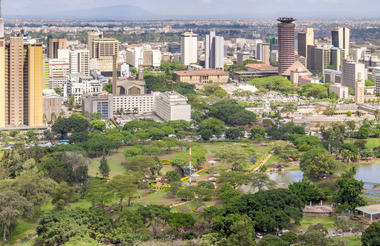
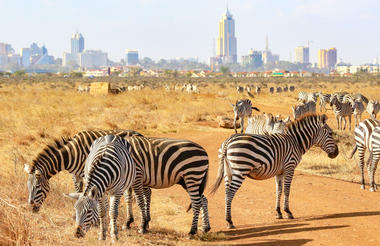
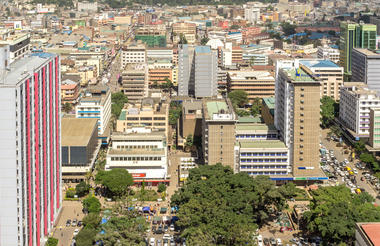
Sandwiched between the Tsavo West National Park and Amboseli National Park, the Chyulu Hills National Park protects an important water catchment area. This unique habitat features vast grass plains, forested rolling hills and rugged volcanic cones and craters set against the beautiful backdrop of Mount Kilimanjaro. Visitors can look for to a wide selection of exciting activities including camping, mountain climbing, horse riding, and excellent bird watching. Commonly spotted wildlife include: elephant, bushbuck, eland, leopard, bush pig, reedbuck, buffalo and giraffe. Don’t miss the opportunity to explore the longest lava tube in the world.
NOTE: Plastic bags are now banned in Kenya, Rwanda, Tanzania and Uganda, and are likely to be confiscated by customs officials on arrival, whether in clients’ baggage or carried by hand. For example, Duty-Free bags
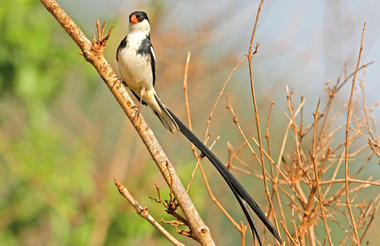
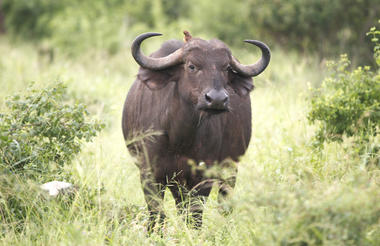
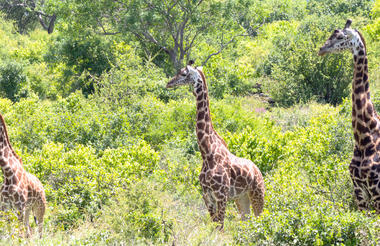
Spreading out from the shores of beautiful Lake Tanganyika, the mountainous terrain of the Mahale Mountain National Park is home to some of Africa’s last surviving wild chimpanzees and trekking in search of these incredible primates is one of the main attractions of the reserve. Other highlights include walking game safaris that take in the park’s diverse wildlife, hiking up the 2460-metre Mount Nkungwe – the highest of the Mahale mountain range’s six peaks – and fishing and snorkelling in Lake Tanganyika on the park’s western border. While the park is home to over 900 chimpanzees, it is also home to a variety of other wildlife including: leopards, blue duikers, red colobus monkeys, giant pangolins, lions, elephants, buffaloes, giraffes, hippos, crocodiles, otters and a variety of bird species.
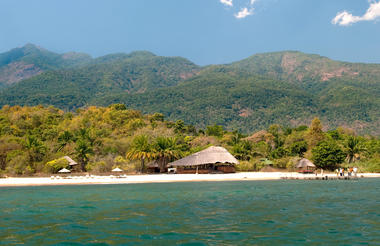

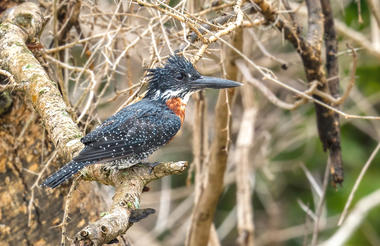
Although in Mozambican waters, Likoma Island is Malawian territory and is the larger of the two inhabited islands of Lake Malawi, measuring seventeen square kilometres across. The island boasts some lovely beaches, friendly locals, and predominantly flat terrain with a baobab dotted southern side. It is home to the headquarters of the University Mission to Central Africa, Livingstone’s mission, and hence it remained British territory when the Lake was divided politically after World War Two. The island is famous for the large, beautiful St. Peter's Cathedral, featuring numerous stained glass windows and intricate soapstone details. Visitors can relax on pristine beaches, snorkel and dive in the crystal-clear waters, and enjoy a variety of watersports.
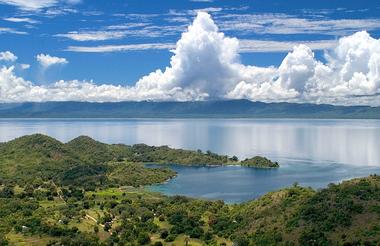


Situated along the southern border of Zambia, Victoria Falls is a spectacular sight of awe-inspiring beauty and grandeur on the Zambezi River. It forms the border between Zambia and Zimbabwe and stretches across almost two kilometres into a gorge over one hundred metres below - making it one of the world’s widest waterfalls. Dubbed ‘The Smoke that Thunders’ by locals, this UNESCO World Heritage Site is a popular tourist destination for those visiting Zambia. It is world-renowned for its sheer beauty and offers visitors the opportunity to immerse themselves in spectacular landscapes inhabited by abundant wildlife. Visitors can look forward to a wide range of adventure sports such as kayaking, white water rafting, ziplining, bungee jumping and bridge swinging; and those looking for more relaxation can enjoy a sunset boat cruise, game viewing, or browsing through the vibrant local Livingstone Market.
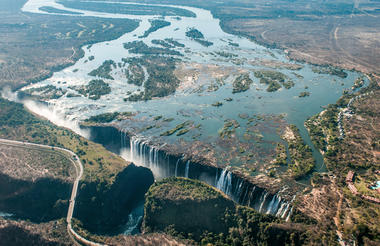
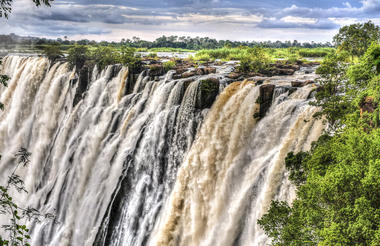
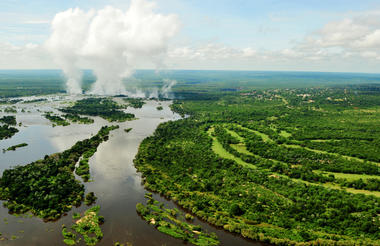
Sharing the southern boundary with Etosha National Park, the prolific 30 000-hectare private Ongava Game Reserve is considered one of the top private game reserves in the region, enjoying global recognition for exceptional conservation, groundbreaking research and exciting safari experiences. The landscape is characterised by vast open plains dotted with salt plans and abundant wildlife. Visitors can easily access Etosha through Andersson’s Gate in the south.
Known for its luxury lodges made out of natural materials, Ogava is a popular destination for those looking to immerse themselves in nature. The reserve offers visitors the perfect combination of wildlife safari experiences within and around the Etosha National Park. One of Ongava’s top attractions is its rhino population and guests can experience the thrill of getting close to these majestic creatures. Popular activities include: night game drives, guided nature walks, bird watching and 4x4 guided game drives.
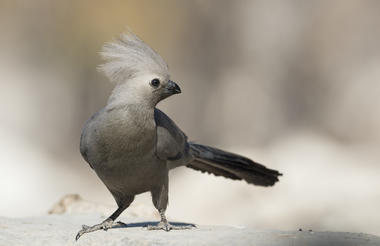
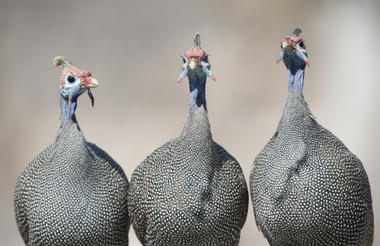
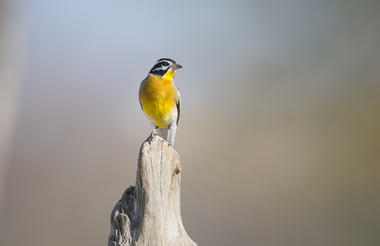
Stunningly remote, the Hartmann Valley is a desolate yet entrancing moonscape of sand and rock. Located in the extreme northwest of Namibia, the region offers a profound sense of wilderness and unusual juxtaposition of habitats, as the Kunene River nurtures a band of lush vegetation amidst one of the driest deserts on earth, while sea mists creep in from the coast, and waves upon waves of dunes beckon to be slid down. The valley is home to the Himba, one of the last true nomads in Africa.
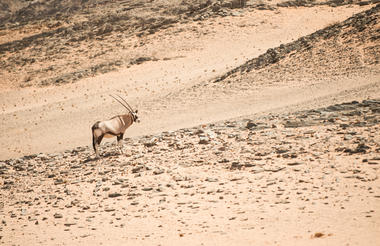
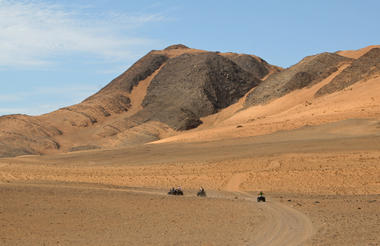
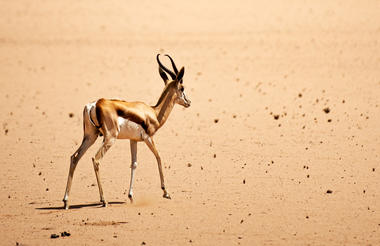
Windhoek, the capital of Namibia, lies at the heart of the country, encircled by magnificent mountains, expansive valleys, and fertile farmlands. The landscape of the Greater Windhoek area surrounding this bustling city is characterised by vast valleys, thick scrub, rocky hills, and covered in golden savannah. Visitors can explore the dry river beds and mountainous scrublands, as well as enjoy birding, leopard-spotting and view large quantities of wildlife in the north; visit the more arid eastern part with its olive, potato, and date plantations; explore the rolling hills of the Khomas Hochland Mountains in the west of the Greater Windhoek area and soak up the epic views along a number of scenic passes leading off the high plateau, including Bosua Pass, Gamsberg Pass, and Spreetshoogte Pass.
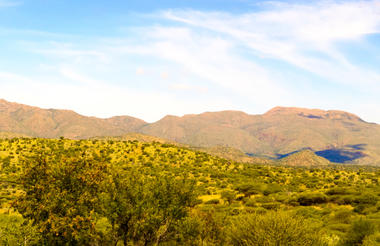
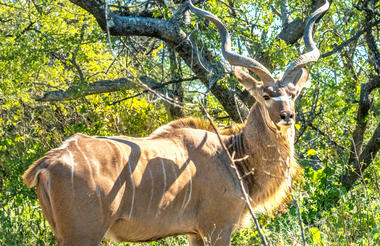
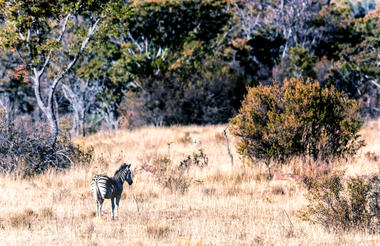
Spreading across Botswana, South Africa and Namibia, the Kalahari meaning 'the great thirst' is an exceptionally beautiful living desert. The landscape is characterised by a large semi-arid sandy savannah draped over a gently rolling inland sea of sand covering most of Botswana and large parts of Namibia and South Africa. It is also the last bastion of the indigenous San people with the modern world having enveloped all the other areas they once roamed. The Namibian portion is made up of red sands covered in thin, wispy, mostly golden grass and dotted with acacia trees and wide-ranging wildlife including gemsbok, impala, jackals and cheetah.
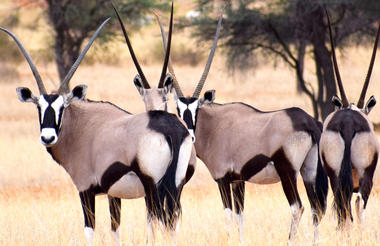
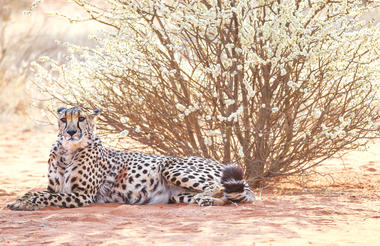

Situated in the northwestern corner of Botswana, the Okavango Delta is a World Heritage Site as it is the largest inland delta in the world. The magnificent Okavango River sprawls out over the dry sands of the Kalahari Desert forming this flourishing waterlogged oasis featuring countless meandering waterways and crystal clear lagoons studded with water lilies, as well as fertile floodplains and reeded islands inhabited with abundant wildlife. The Okavango Delta stretches over an impressive15000 square kilometres. Visitors can enjoy a number of wonderful activities such as game viewing, fishing, bird watching or taking an authentic guided Mokoro excursion through this wetland paradise in a traditional dugout canoe. Commonly spotted animals include: lion, rhino, leopard, giraffe, hippos, elephants, crocodiles and countless species of bird.
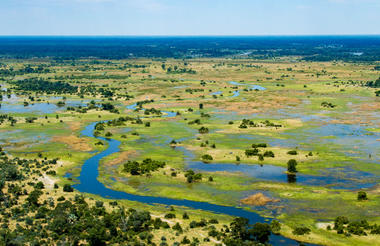
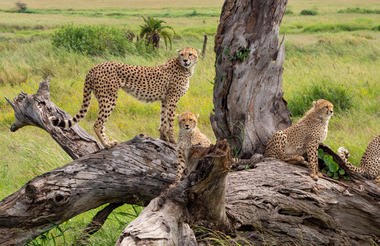
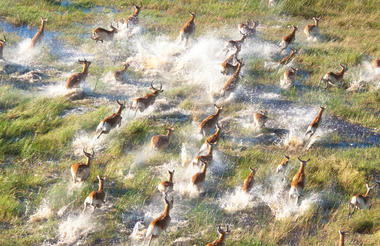
Located in northern Zimbabwe, the life-giving power of the Zambezi River makes Mana Pools National Park one of Zimbabwe’s most lush and flourishing regions. Characterised by a diversity of landscapes including floodplains, forests, and baobab trees, the park has been designated as a UNESCO World Heritage Site for its natural beauty; providing a fantastic destination for photographers. It is an Important Bird Area and is also one of the continent’s premier game-viewing locations, known for its good chances of seeing elephants, wild dogs, lions, and leopards. Visitors can look forward to an array of activities such as canoe trips, guided walks, game drives, river cruises, nature walks, bird watching, and catch-and-release fishing.
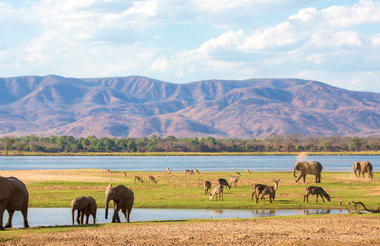
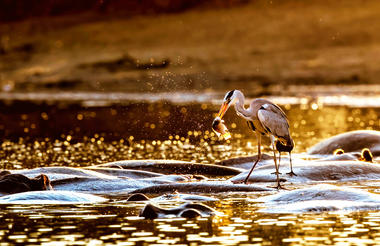
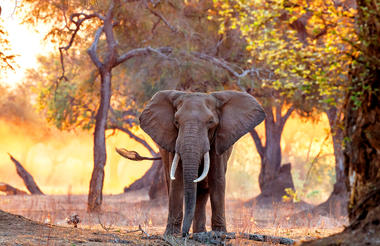
Liwonde National Park is situated at the southern tip of Lake Malombe in southern Malawi. Although Liwonde is a smaller park, it is arguably the most popular of all the game parks in the country. Malawi’s main river, the Shire, forms its western boundary and is the reserve’s lifeblood. Boasting plenty of animals including hippos, kudu, elephants, crocodiles and elephants, and even black rhino, the park has become one of Malawi's premier wildlife-viewing destinations. The birding opportunities here are excellent and a favourite sighting among birdwatchers is the Pel’s fishing owl. Visitors can look forward to a wide selection of activities including canoeing, sublime boating safaris, and excellently positioned camping spots. The area is also incredibly photogenic, with its lush Borassus palms, Impala lilies, and abundant wildflowers blooming after the rains.
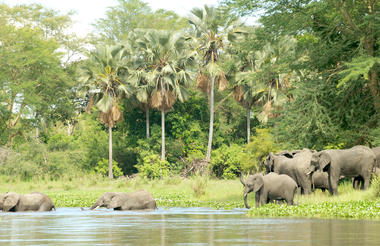
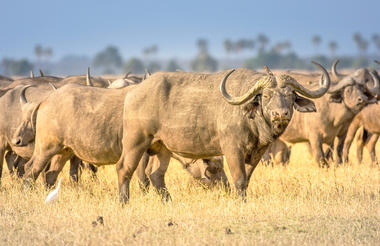
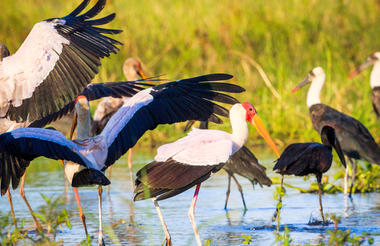
Located just off the northern coast of Mozambique, the Quirimbas Archipelago dots the glittering Indian Ocean. It is renowned for its rich history and natural beauty featuring white-sand beaches fringed with low-key resorts and offers some of the best diving in the country. The archipelago is home to some of the most unspoilt beaches and coral reefs found anywhere in the world, featuring an abundant array of Mozambique's spectacular marine life. The Quirimbas Archipelago is comprised of a chain of over 25 coral islands, which escaped the 20th century with almost no development. Many of these islands fall within the Quirimbas National Park, providing a marine sanctuary for whales, dolphins, and endangered dugong. The area is known for its high-quality dive sites, many with exceptional drop-offs.



Following its 2008 merger with Usangu Game Reserve and other notable wetlands, Ruaha is counted among Tanzania's biggest national parks, spanning more than 20,000km². It is also a sizeable elephant haven and home to buffalo, huge populations of lion, leopard, and a profusion of bird species, including kingfishers, plovers, egrets, hornbills and sunbirds. Crocodiles and hippos thrive in the Great Ruaha River, which flows along the sanctuary’s eastern border and in the dry season between July and November, animals flock to the last remaining water sources, presenting an exceptional wildlife spectacle. There are a number of accommodation options available but some close for the wet season in March and April.



Mnemba Island is privately owned and located off the northeast coast of Unguja Island, Zanzibar. The reefs surrounding the island are part of a marine conservation area and is a popular site for scuba divers. A guest lodge is available on the island where guests can experience many outdoor activities such as diving, boating, snorkelling, and other thrilling watersports. The island is easily accessible by boat from the main island of Zanzibar. Visitors can look forward to exploring the underwater coral wonderlands of the Mnemba Atoll, relaxing on picturesque white-sand beaches, and spotting an array of marine life such as turtles, humpback whales, whale sharks, dolphins, seabirds and over 600 species of tropical coral reef fish.
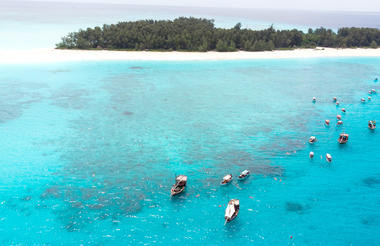

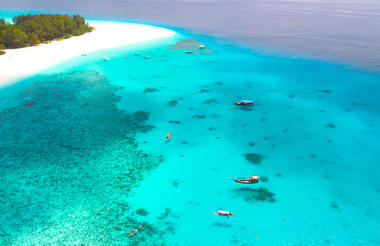
As previously described








